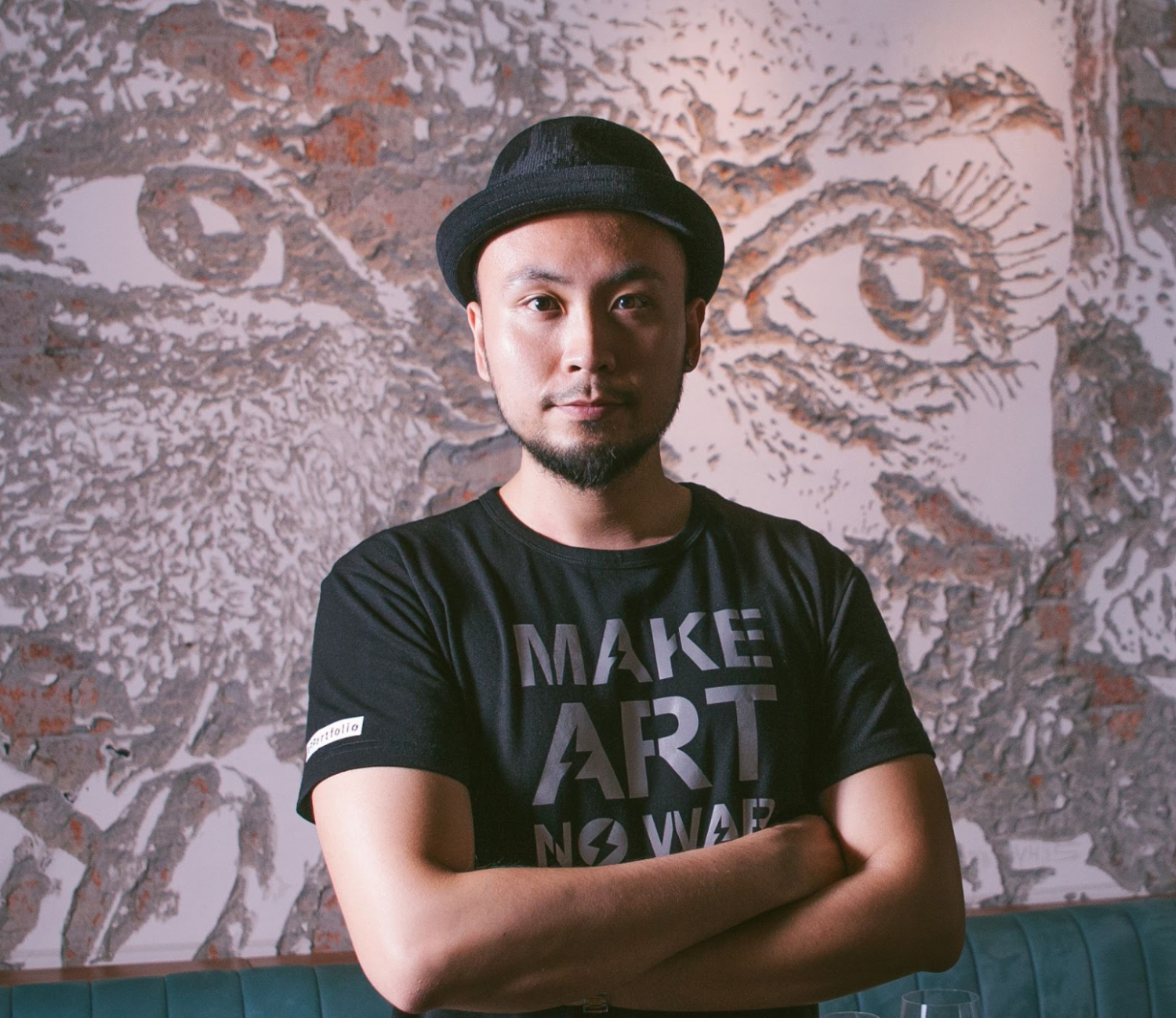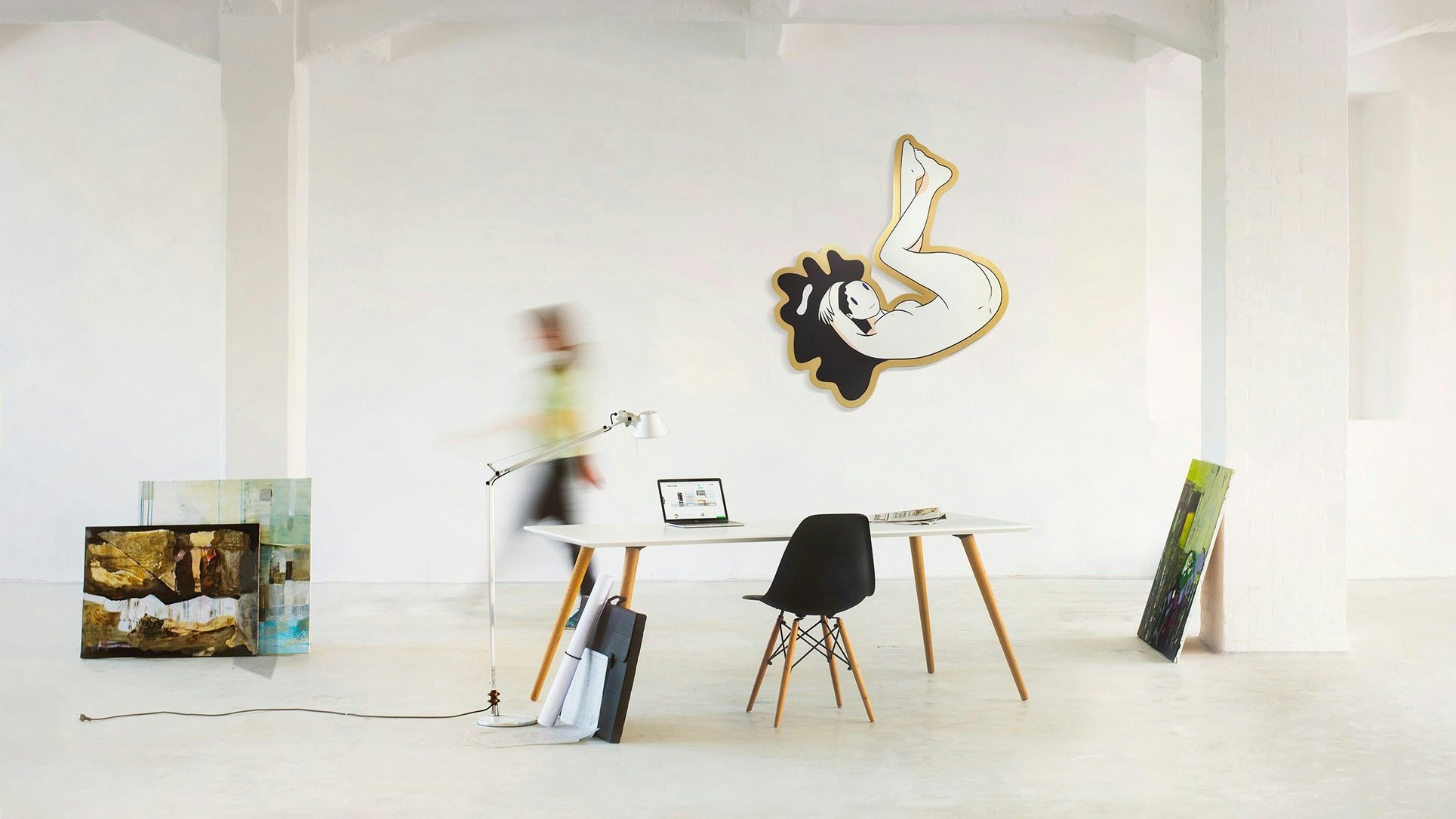The following is an excerpt of an exclusive interview that appears in the upcoming second edition of Jing Daily's report Winning China’s High-Spending Cultural Consumer: The Future Of Luxury, packed with all-new data and insights. Email us today to pre-order your copy.#
Keith Wong is the chairman of the art platform APPortfolio, a curator and columnist, and honorary president of the University of the Arts London Hong Kong alumni association. Wong has worked on art projects with a number of international brands and artists, including Lane Crawford, Daniel Arsham, D*face, Ron English, and Nobuyoshi Araki.
How would you define the Chinese Cultural Consumer (CCC)?#
First of all, I think China's consumer is at a very sophisticated stage because I think in the past 20 years there has been a big change in the understanding of consumption. And right now it is almost the third generation that has a good life with everything ready and a lot of opportunities. And also, I think they can create what they demand. Not only to purchase from the choices available, but they can also create what they want.
And right now, I think [the market] there is a little overwhelming. Because there are too many choices. So that's why CCCs are even smarter in terms of consumption. There are lots of small sectors because everyone wants to be special. They have their own point of view. And so there are lots of niche markets. But, you know, because China is so big, even niche markets are big markets.
So I think [CCCs] have lots of choices for some special items or different styles or experiences. Also, I think that their spending has lots of different purposes, not only functional. That is the basic of the basic. I think it is more about how they communicate and represent themselves. I think that is the core of the Chinese Cultural Consumer.

Based on your observations in recent years, how have you seen the tastes of CCCs change?#
I think a big change over the past three years is the way the divide between foreign brands and local brands has mushed together. [The CCC] doesn’t really care whether a product is from outside or from inside. Even for the pricing level, they will also merge together.
What does this mean? For example, let's say for watches — it’s not only the luxury brands. [The CCC] will also wear some local brands or an Apple Watch. Even rich people, I think, are more concerned about what kind of message and style the product conveys.
And of course, they are also very proud of local brands right now. And sometimes they will mix and match local brands with foreign well-known brands. I think that is one of the big changes. They also demand cultural products like art and original artwork — it’s been a big change, like double, triple the demand from the past.
How much of the change in demand for domestic brands comes down to the fact that it has been difficult for CCCs to travel overseas to shop in Paris or Tokyo? Do you think there’s a bigger trend here that goes beyond simply travel?#
Over the past three years, I think there has been no big change in terms of how [CCCs] consume products. It’s not linked to travel. Online shopping is very, very common in China and online payment is so sophisticated there. But of course, for artwork, it’s different compared to luxury brands. Because all the luxury brands have flagship stores in many cities in China.
But for artwork, it is difficult for galleries or art fair organizers from foreign countries to organize events in China and Chinese people cannot go abroad to visit because it will take a lot of time and effort to take care of their visas and everything. I think that’s also a reason the secondhand market is going up so fast, because it’s hard to get very limited and unique pieces [on the primary market].

When mainland Chinese consumers come to APPortfolio, do you find they want to discover new work or artists or do they usually know what they’re looking for?#
Because our price range is around $1,000 to $10,000 and we focus on limited-edition artwork, I think the majority of Chinese collectors will be looking for artwork with a reputation, for example, big names or famous names. Also, for the artists who work with world-famous brands. I seldom see that they would like to try something really new, because it might be too risky for them [as investments]. Usually, I see that they’re looking either for an established artist with a rich record or a young artist with a good record.
Besides, I think they want to have a cultural or spiritual connection with the artwork, and of course investment is part of the concern. And we know that a lot of collectors have more than 100 pieces in a warehouse or at home, so when they want to buy new artworks they have to think about whether they need it or if it will bring them a special experience.

